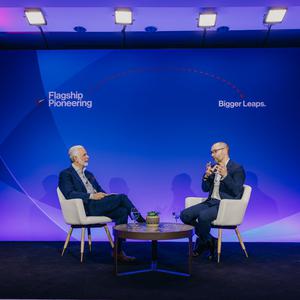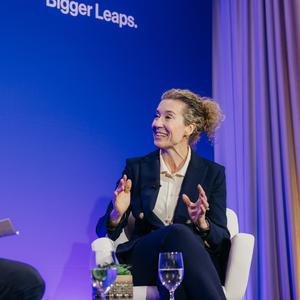No health crisis was more predictable than the COVID-19 pandemic. Indeed, it was comprehensively predicted: by Bill Gates in 2015, by President Obama’s Homeland Security and Counterterrorism Adviser in 2017, and by many others, over several decades. Some nations were ready. Governments in Singapore, Taiwan, Hong Kong, South Korea, New Zealand, Germany, and Canada implemented the standard public health response to pandemics: mass testing and contact tracing of the infectious, followed by quarantine of those thought to be shedding the virus and of vulnerable groups.
That some nations did control the spread of the virus—at least in its early stages—is proof that catastrophe was avoidable. But even those countries where public health measures limited the spread of the coronavirus, citizens remain vulnerable to contagion. Nor, in coming years, will every nation enjoy the leadership, resources, or luck to beat back every new threat. We lack a global mechanism to guard against future pandemics: a health security system emphasizing prevention, early detection, and characterization of emerging pathogen threats; rapid deployment of highly targeted protective interventions; and the development of effective treatments. But health security should do more than protect humans against pandemics. Infectious diseases of every kind continue to be a burden in rich and poor countries in their impact on health, happiness, and economic productivity. Humanity needs a global response to pathogens, analogous to the alliances that protect us against other threats such as nuclear war and famines.
The imperative to develop a shield against pathogens should be uncontroversial. New, potentially epidemic or pandemic pathogens arise at consistent rates. The 20 years preceding the SARS-CoV2 crisis saw a steady march of outbreaks: Nipah in 2001, SARS in 2002, H1N1 swine flu in 2009, MERS in 2012, Ebola in 2014, Zika in 2015, and many other less well known viruses. Major influenza pandemics have circled the world four times since 1918. Even in an ordinary year, seasonal flu kills 250,000 to 650,000 people. Malaria and tuberculosis are together responsible for nearly two million deaths per year. Sepsis, a dangerous but treatable body-wide response to viral, bacterial, fungal, or parasitic infection, is involved in up to 20 percent of annual deaths worldwide. Mosquito-borne malaria is thought to have killed 4 to 5 percent of all humans who have ever lived. More, there is growing awareness that infections can incite other chronic and life-threatening problems, from cancer to depression to neurodegeneration.
COVID-19, which blanketed the planet in a mere 100 days, demonstrated how far and how fast new viruses can spread in the era of global commerce and consumer jet travel. But the pandemic should have come as a challenge for which we were prepared, not a surprise that it took more than a million lives within just a few months and crashed the global economy. Biologists and public health experts know that as viruses mutate and evolve in animals such as bats, swine, and birds, they will spill over into humans: The only unknowns are the contagiousness and deadliness of zoonotic strains. It is sobering to reflect that the virus responsible for COVID-19 is comparatively benign. If the current pandemic had instead been caused by a virus with the case fatality rate of MERS and the contagiousness of measles, we would by now almost certainly have seen a global death toll in the hundreds of millions, and the collapse of many national economies. One of the primary purposes of such a health security effort would be to anticipate such threats before they emerge and spread unchecked—and then deploy immediate interventions to the right people in time to limit sickness and suffering.
In theory, these functions should be the responsibility of the World Health Organization. But international public health programs have never been adequately resourced or empowered. Preventing COVID-19 “was very possible—but we didn’t do it,” observes Peter Daszak, chairman of the Forum on Microbial Threats at the National Academies of Sciences, Engineering, and Medicine. “Governments thought it was too expensive.… And the W.H.O. … had neither the funding nor the power to enforce the large-scale global collaboration necessary to combat it.”
An effective response to pathogens will prepare for the next pandemic and limit the impact of other infectious diseases, helping turn sick-care into healthcare. But such a project will require businesses and ordinary citizens around the world demand and contribute to significant investments by governments and healthcare systems. More, decision-makers and stakeholders will need to align around this global effort in an unprecedented spirit of cooperation, guided by a clear set of scientific and technical strategies and governing principles.








